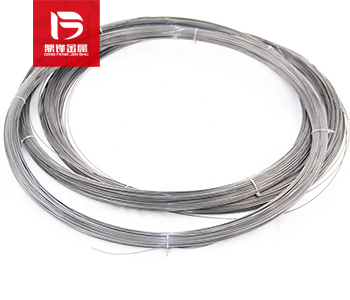
Palladium Wire Recycling
Palladium wire is a filamentous material made of high-purity palladium (such as palladium wire), which is widely used in industrial production due to its excellent physical properties and corrosion resistance.
- Parameter
- Related Questions and Answers
-
Name : Palladium Wire
-
Use : Electronics, medical,
-
Application Areas : hydrogen energy, aerospace, catalyst
-
Appearance and properties : Silvery white metal wire
-
Settlement Method : On site payment
-
Recycling Type : Palladium recycling
-
Door-to-door recycling:worldwide
-
Customer service: Free content testing and door-to-door recycling
Palladium Mud Recycling
Palladium mud is mainly composed of palladium element, usually containing small amounts of other metals and impurities. Palladium is a typical precious metal with the chemical symbol Pd and atomic number 46. It has a high melting point (1554°C) and boiling point (2963°C), good electrical conductivity and corrosion resistance, and is an important industrial catalyst. Palladium mud refers to sediment or solid residue with a high palladium content, usually in the form of gray or black mud. Palladium anode mud is one of the sources of palladium-containing waste recycling. Other sources of palladium-containing waste recycling include palladium water recovery, palladium paste recovery, palladium silver paste recovery, palladium graphite recovery, palladium slag recovery, palladium asbestos recovery, etc.
Search : Palladium Mud RecyclingPalladium Slurry Recycling
Palladium slurry is a fine-grained substance that contains high concentrations of palladium metal particles suspended in a solvent. These palladium particles have nanoscale or submicron size and typically exhibit a gray or black appearance. The preparation process of palladium slurry can be achieved through different methods, the most common of which is chemical synthesis.is a fine-grained substance that contains high concentrations of palladium metal particles suspended in a solvent. These palladium particles have nanoscale or submicron size and typically exhibit a gray or black appearance. The preparation process of palladium slurry can be achieved through different methods, the most common of which is chemical synthesis.
Search : Palladium Slurry RecyclingPalladium Carbon Catalyst Recycling
The recovery process leverages autoclave conditions to effectively extract palladium, with considerations for scale, efficiency, and environmental impact. Understanding the exact chemical reactions and conditions within the autoclave, as well as the comparative effectiveness of different recovery methods, is vital for optimizing palladium recovery and its industrial applications.
Search : Palladium Carbon Catalyst RecyclingPalladium Acetate Recycling
Palladium acetate, also known as Palladium(II) acetate, is an organic acid salt compound of palladium, with the chemical formula Pd (CH3COO) 2. It is a colorless crystal that takes on a solid form at room temperature. Palladium acetate is soluble in organic solvents such as alcohols and ethers, but its solubility in water is relatively low., also known as Palladium(II) acetate, is an organic acid salt compound of palladium, with the chemical formula Pd (CH3COO) 2. It is a colorless crystal that takes on a solid form at room temperature. Palladium acetate is soluble in organic solvents such as alcohols and ethers, but its solubility in water is relatively low.
Search : Palladium Acetate RecyclingProduct Details
Palladium wire is a filamentous material made of high-purity palladium (such as palladium wire), which is widely used in industrial production due to its excellent physical properties and corrosion resistance.
Palladium wire recycling refers to the process of recycling and reusing discarded palladium wires. The process of palladium wire waste includes steps such as collection, classification, cleaning, splitting, and smelting. Mainly, it is necessary to collect waste palladium wire and classify it according to model, specification, and purpose, which can effectively improve recycling efficiency. Secondly, when cleaning the palladium wire, it is necessary to remove the pollutants in it to ensure the quality of the recovered palladium wire. Next, the palladium wire was split into various components, with the aim of further recycling. Finally, the palladium wire is melted by cooling and melting the recovered palladium wire, and then cooling it to obtain high-purity palladium wire products. Waste palladium wire is also one of the sources of palladium waste recycling, including palladium resin recycling, palladium tube recycling, palladium particle recycling, palladium ingot recycling, colloidal palladium recycling, etc. If you have any demand for palladium containing waste recycling, please call our 24-hour service hotline. Dingfeng Precious Metal has independent recycling and refining factories without intermediaries to earn price differences. Our professional technical team and customer service personnel provide one-on-one services to ensure customer privacy during the recycling process.

